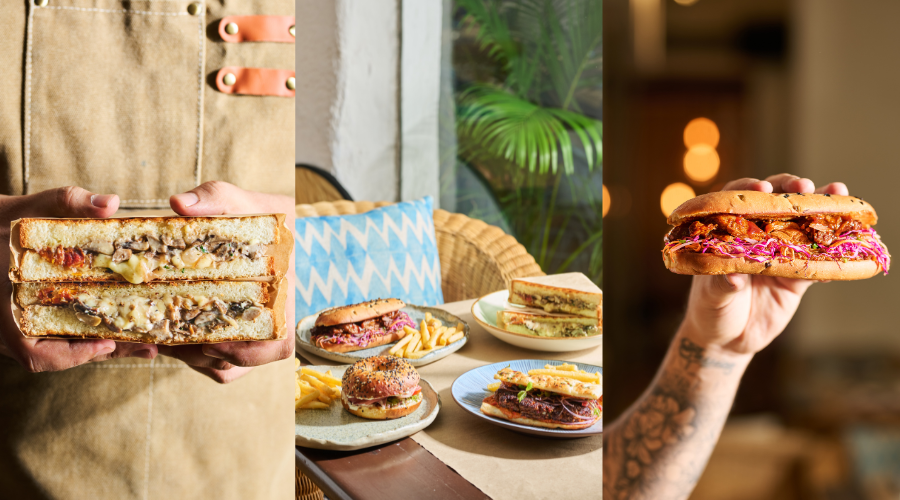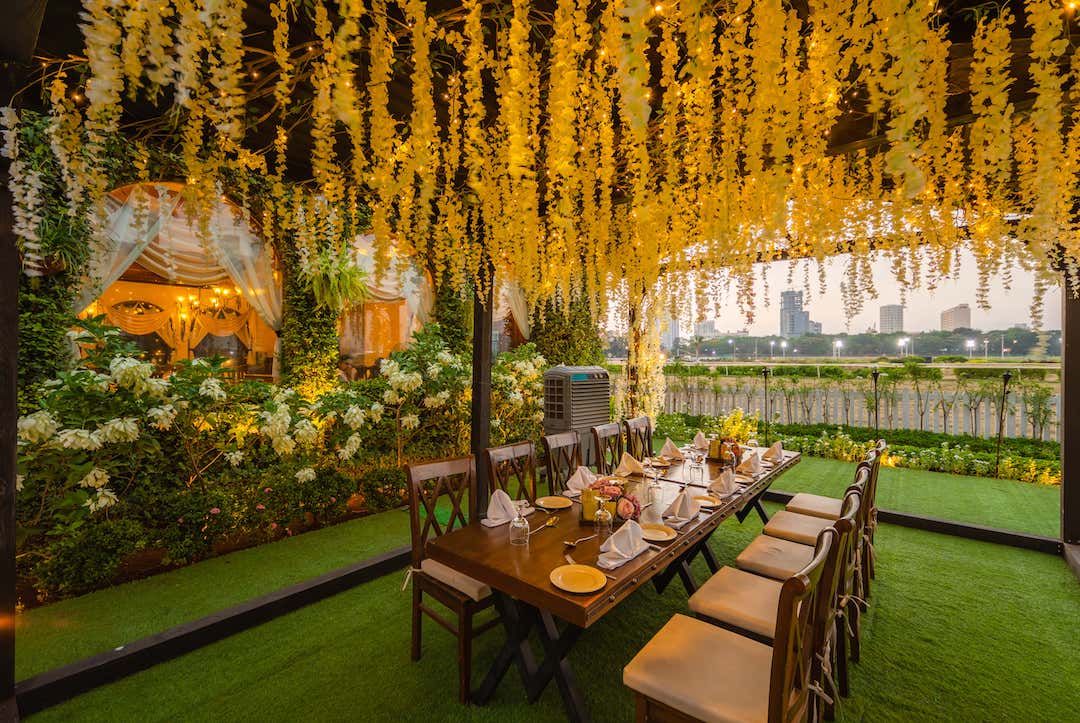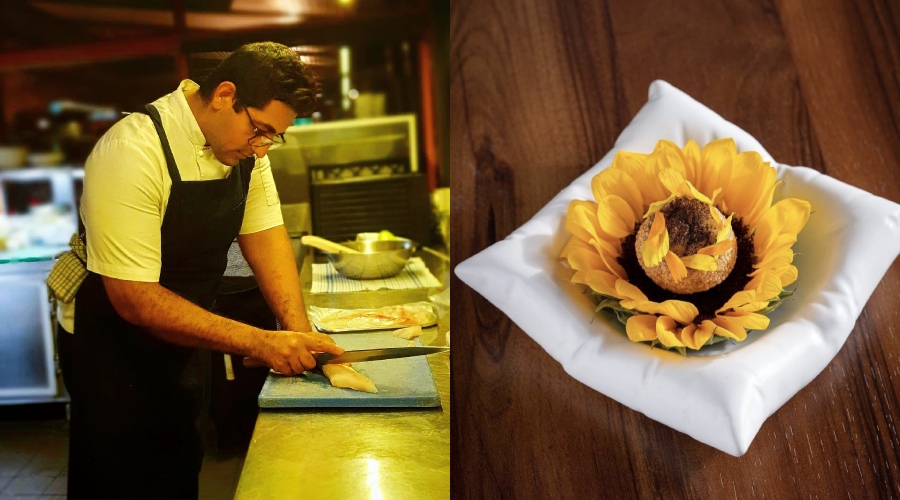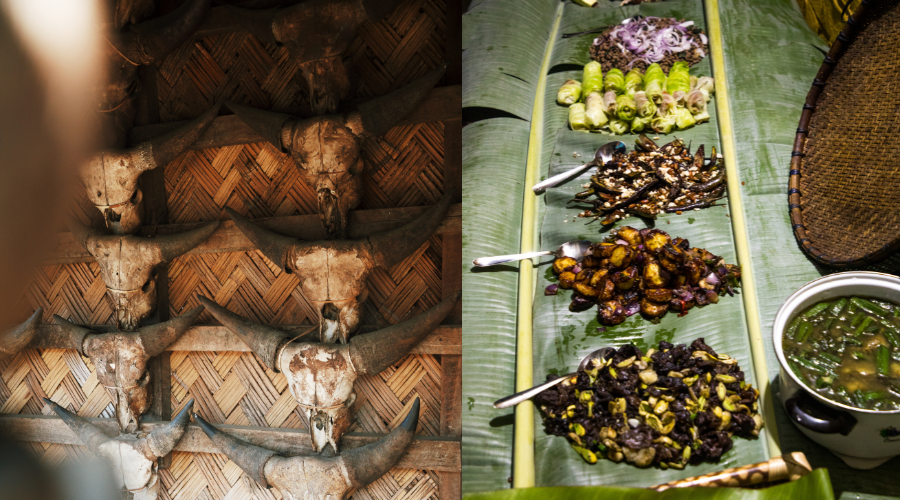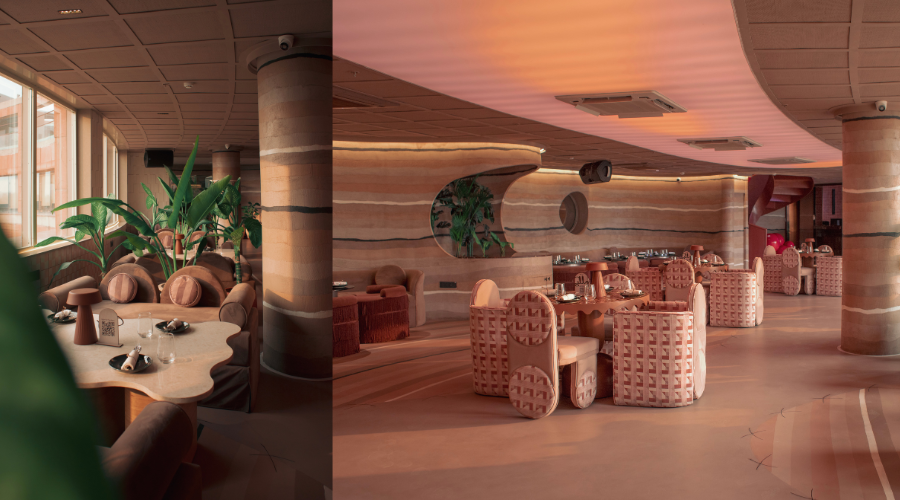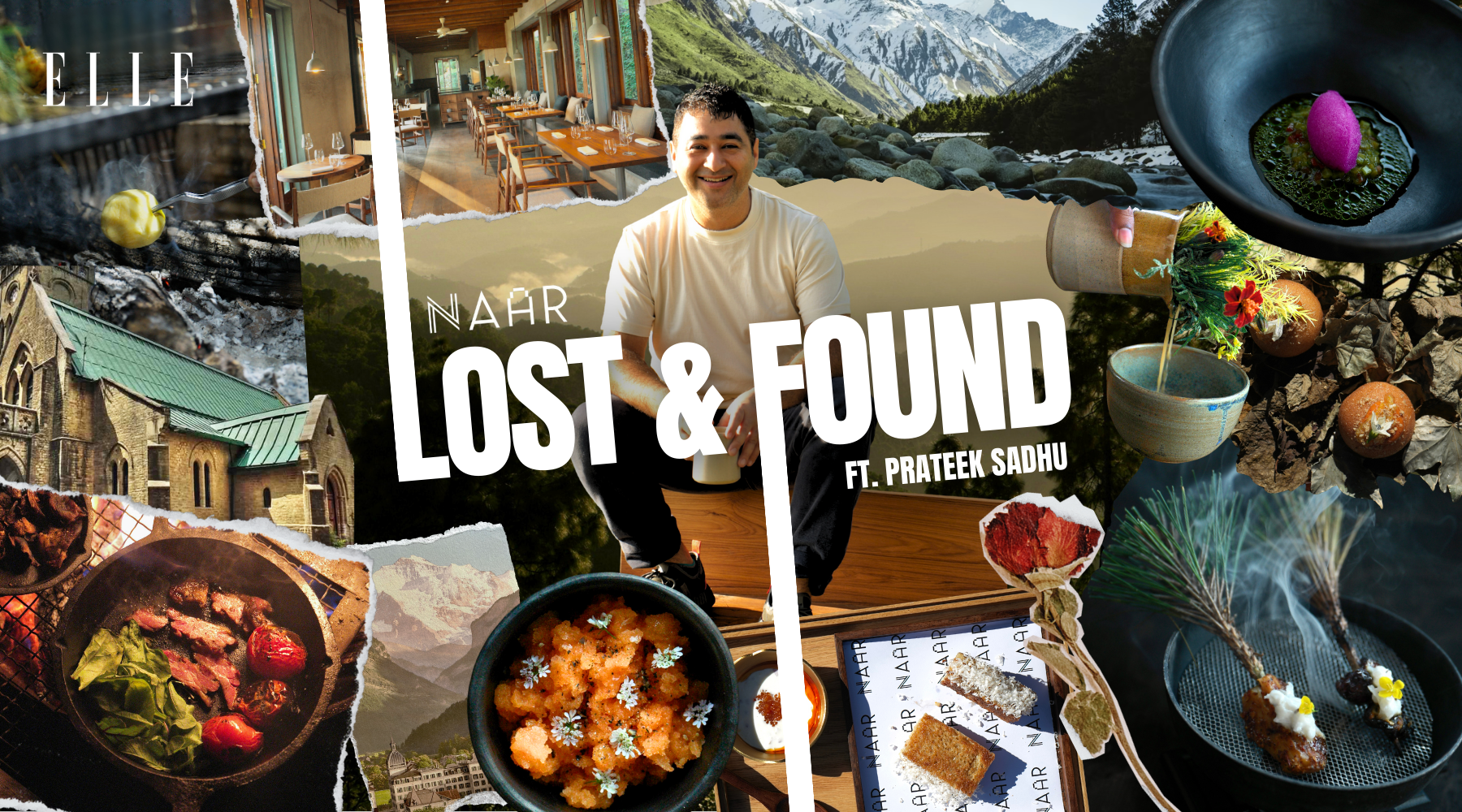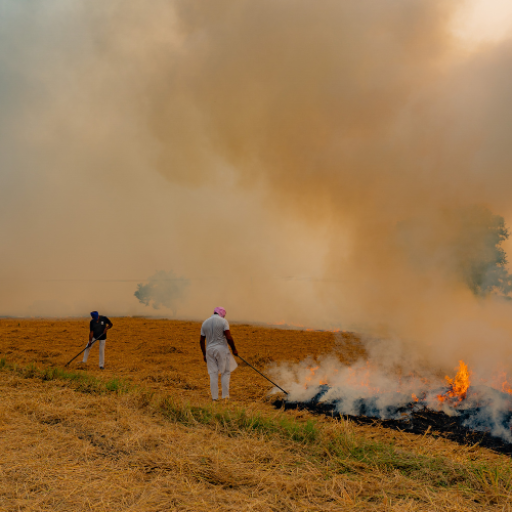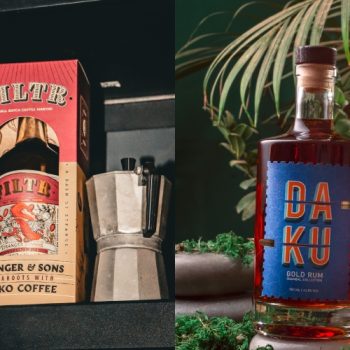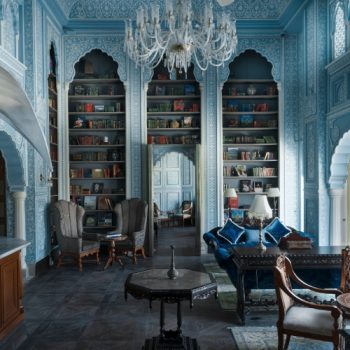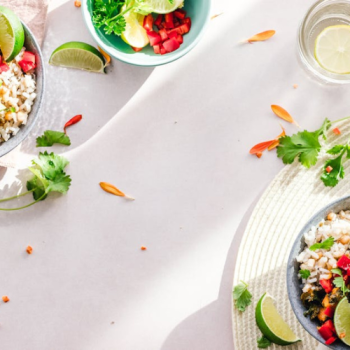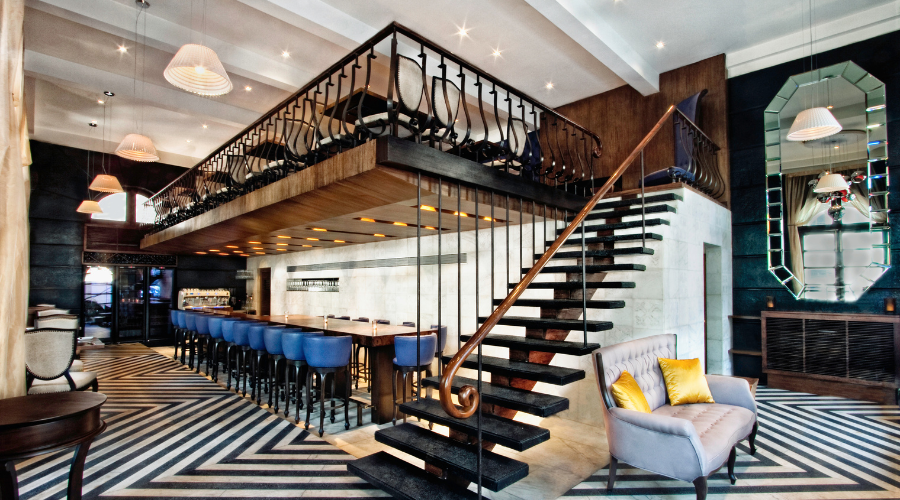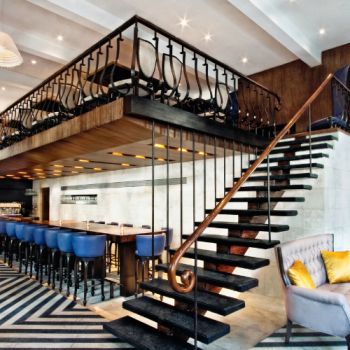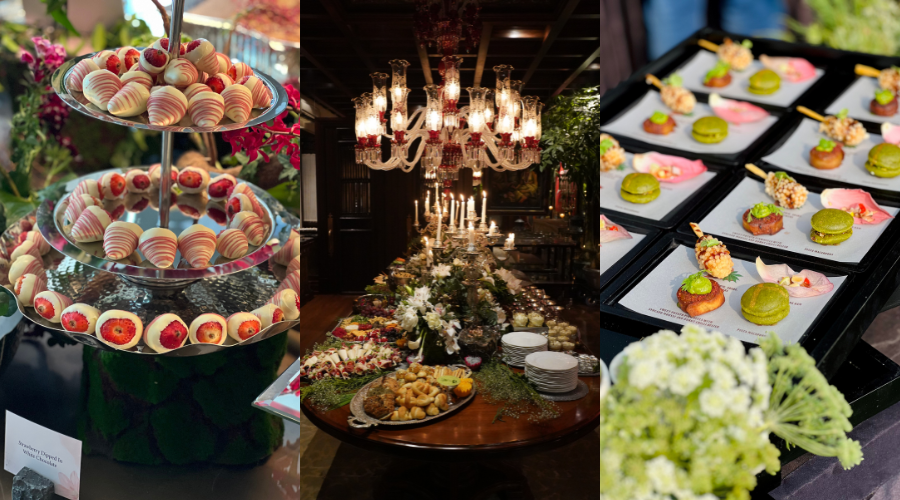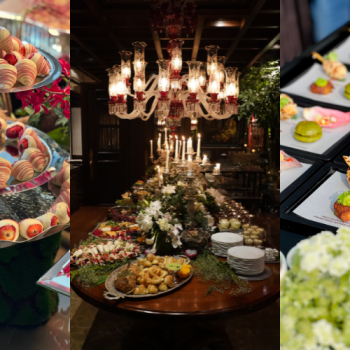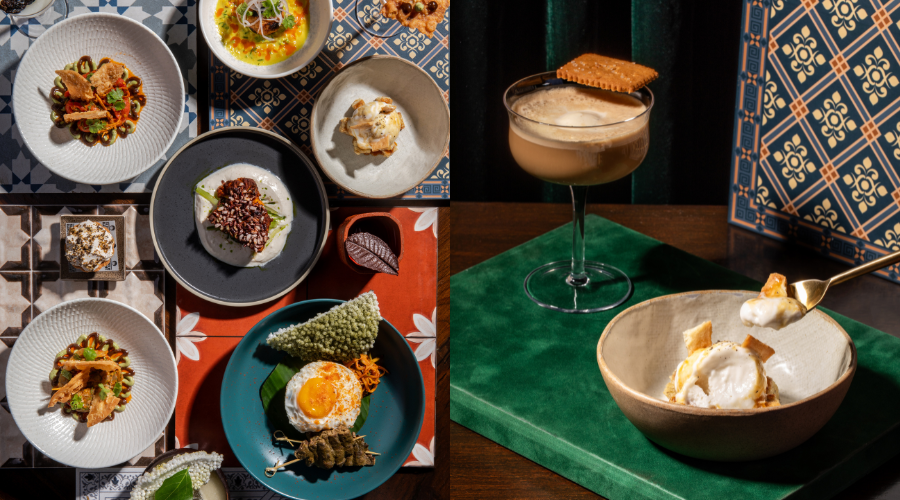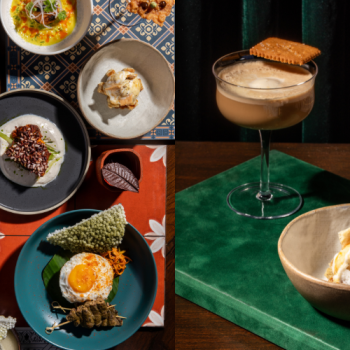In the game of taking a risk or being safe, you often tend to choose the latter. Very few take the road less travelled or hesitate to take that leap of faith. In the culinary world, many chefs opt for an easy option when they want to launch a new venture, one that will appeal to the masses and bring them rewards in an instant. Chef Prateek Sadhu is an exception to this notion. After he parted ways from Masque in April 2022, when he was in his prime, it shook the Indian culinary industry. But he knew what he wanted to do next even before he exited that business. It came as a big surprise when he opened a restaurant in the hills, in the middle of nowhere away from the city, where people would have to catch a flight and travel for a dining experience. It’s daring, it’s ambitious, but at the same time, it only made sense for him to do something that hit home–having grown up in Kashmir, where he was close to the mountains. Prateek’s 16-seater restaurant NAAR is nestled within the beautiful property of Amaya, a sustainable retreat in Kasauli, Himachal Pradesh.
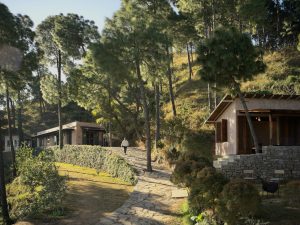
In the first week of February, when winter had just set in, I kept the best for the last leg of my trip by dining at Naar. Surrounded by pine trees with a view of the snow-capped Himalayas in the distance, I found myself biting into lamb tartare on a bichu butti aka nettle leaves tempura, pickled winter carrots soaked in a carrot sauce and buttermilk foam, and a smoked trout on a Ladakhi bread, among other dishes. While I was wrapped in layers of clothes, the food at Naar added an extra layer of warmth amidst the crisp, winter air. This wasn’t just any fine dining experience; but one that opened my eyes to the rich produce of the Himalayas and educated me about their culinary culture, which by the way, has nothing to do with maggi, pakodas or momos. Via Naar, Chef Sadhu is on a mission to get Indians excited about Indian food and tell the stories of how people eat in the mountains. Naar means ‘fire’ in Kashmiri. “But it’s not the open fire that we are cooking on; it’s the fire within ourselves which made us come here,” the chef shares.
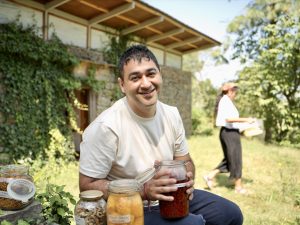
The Birth of Naar
“Initially, I wanted to launch it in New Delhi. I guess I wanted to play it safe as I knew Delhi had a great market. But I was also visiting Amaya a lot. The founder, Deepak Gupta, is a dear friend, and the more I started coming here, the more I fell in love with the ethos. Having already looked into this area (where Naar is right now), I thought it would be stunning to have a restaurant that faces the Himalayan belt where you can see snow-capped mountains,” Chef Sadhu narrates. “But I didn’t have the courage at that time because it was too much of a risk. It might exist in Scandinavia, Europe or America but then in India, nobody would travel for food. I still remember I was driving from Amaya to Chandigarh to take a flight back to Mumbai. And I had to make up my mind about where to go next. One part of me was telling me to take the plunge and jump. And I listened to that. I straight away spoke to Deepak and he thought it was a match made in heaven,” he added.
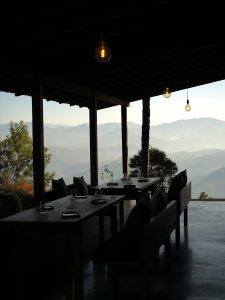
At Amaya, Chef Prateek saw a haven where he could begin food research that would eventually set the foundation for NAAR’s culinary program. Their shared love for the mountains inspired chef Prateek to create the Amaya Lab, a cow shed turned research centre that became a culinary playground for developing flavours from ingredients that grow in and around Himachal Pradesh. This lab is where Prateek spent hours with the Amaya team.
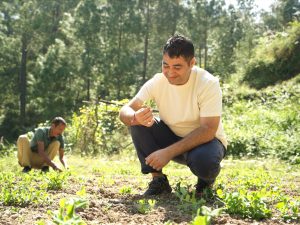
Himalayan Culinary Culture: Foraging, Preserving & Holistic Eating
While Chef Sadhu is throwing the spotlight on the cuisine of the Himalayan belt, I wondered what it encompasses as it covers such a wide belt. Rehashing my geography lessons, the chef patiently broke it down for me. “The Himalayan belt ranges from north to northeast, starting from Kashmir, Ladakh, Uttarakhand, Himachal, Arunachal Pradesh, parts of Sikkim, and the upper reaches of Assam. The food culture is so diverse in each region. So what is the common thread?” This question pushed him along with his Head of Research to lay down a big chart paper and draw everything, defining pillars that became the factors to plan Naar’s menu.”

For instance, preservation in the form of pickling, fermenting and smoking, is big in the Himalayan culinary culture as temperatures go down to single digits during winters. There’s also the concept of nose-to-tail eating where locals enjoy eating every part of the meat from beaks and claws to the insides like intestines, kidneys, testicles, and the tripe of the stomachs. You’ll also find the big bread culture of Kashmir and Ladkah on the menu.
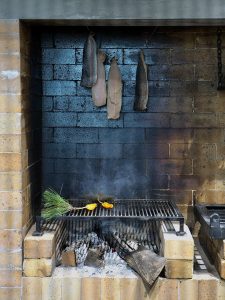
Foraging from the wild is widely prevalent in the Himalayan belt given the fact that it is subjected to good weather conditions. From seabuckthorn to wild berries, and leaves, you’ll find an array of vegetarian options in this region, contrary to popular belief of a big meat-eating culture. Chef Prateek further enlightened me when I learned that cactus is widely eaten in this region. He had featured a dish on the first menu of Naar with a salad made from smoked cactus pads and a bright pink sorbet made from the juice of prickly pear. “We’re also big on cheese and dairy culture; so churpi is dried yak cheese,” he adds.
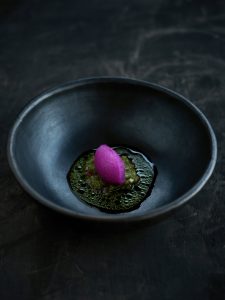
Dining Experience at Naar – A Lesson In Himalayan Cuisine
All the key pillars of the Himalayan culinary culture come to life when I sit to dine for a 16-course meal at the restaurant. Naar features 6 menus, each starring ingredients across 6 seasons with ingredients foraged from their backyard, or sourced from local organisations. I was lucky to be one of the first people to sample the new Winter menu.
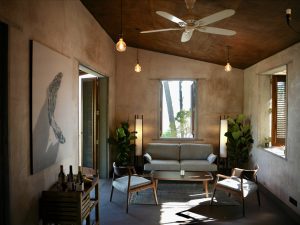
The dining experience at Naar begins at The Salon, a waiting cum bar area where you can start with cocktails that make use of ingredients sourced locally and made by mixologist Samarth Verma, the youngest member of the team, who’ll jam to ‘80s rock music and set the mood for your experience. We enjoyed the first three courses at the salon, beginning with a Himachali snack named Babru, barbecued smoked pork. The next dish finally introduced me to the stinging nettle leaf aka bichubutti which is tempura fried and served with lamb tartare resting on it–a delightful bite for sure. Chef Prateek himself came to serve the third dish as it was inspired by his favourite childhood snack – fried potatoes. The dish Oolu Churme comes in the form of trout eggs laying on a bed of crispy potatoes.
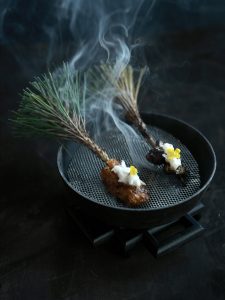
Thereafter, the chef took us to the restaurant, the cosy 16-seater space where the best table for my partner and me was reserved. It faced the gorgeous view of the hills. But it’s the kitchen that equally fascinated me. Keeping the tradition of preservation alive, I saw an open fire set up whose smoke would preserve the meat and fish pieces hanging above.
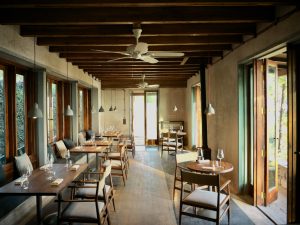
Bobbing my head to the old-school hip-hop tracks playing in the background, we continued with our lunch with Grape, a dish featuring fresh cape gooseberries (foraged from the hills) soaked in almond milk, a light and refreshing indulgence. Aptly named Dirty Toast, it was time to use our hands and bite into a barely cooked smoked trout on a bed of khambir, a bread that is widely eaten in Ladakh, followed by a dry-aged trout cooked with naga chillies and seasonal peas with a sauce made from Himalayan yeast. The next was one of my favourites on the menu–Masala Carrots with sun-dried, rehydrated carrots, marinated and cooked on the fire, swimming in a spiced sauce made from carrot juice with a dash of pickled chilli and addition of buttermilk foam. Then came a dish that married the culinary culture of Uttarakhand and Ladakh. Sunderkala introduced us to kukla or hand-pulled noodles (a breakfast dish eaten in Uttarakhand) which was paired with lamb blood sausages (inspired by yak blood sausages made in Ladakh) tossed together in XO sauce.
The highlight for me, however, was the dish that came next–the citrus-forward Gal-gal. A take on the Kumaoni winter delicacy Nimbu Saan, a lemon salad enjoyed with Bhaang ki chutney, the dish features a Galgal lemon that takes the form of a bowl. In it is yoghurt and lemon salad beneath it. It’s like an elevated chaat and my partner aptly described it as a “flavour bomb in your mouth.”
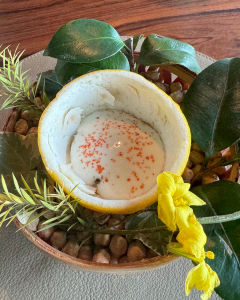
Kashmir and Norhteast’s culinary offerings take shape in the remaining courses. For instance, the Kashmiri Bakarkhani bread was paired with pork belly with quince glaze (made from the trimmings of the fruit that was used in the previous menu), lying on a sauce made from pickled bamboo shoot, an ingredient commonly eaten in the northeast. Accompanying this flavourful meal is a plate consisting of butter, watercress, apple marmalade, pickled mustard, hempseed chutney and guava salad. And the last savoury dish knocks it out of the park–Mushkbudij (a rice variety from Kashmir) pulao comes with cured egg yolk, a side of turnip yakhni, and seared duck breast in spicy axone sauce (a widely consumed Naga ingredient, made from fermented soybean).
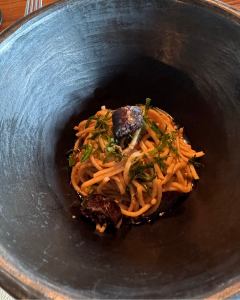
Paying further tribute to the rich winter produce, a sweet-sour strawberry sorbet serves as a good palate cleanser before heading into a tiny tasting of the Himalayan cheese paired with apple jam and pine honey. Heading into the desserts, we tried the Burnt Milk Solids Butter, a dish that includes salted trout eggs on a ragi crumble and pineapple cake. The meal finally ended with sesame and marijuana, orange candy, and Patanade (a popular Himachali dish) paired with strawberry cream.
There were many things that I left with – a higher sense of pride for our Indian food; mad respect for the chef and his team who are putting in the effort of keeping our diverse culinary heritage and its potential alive, and reminding us that Indian food is way more fascinating than the appeal of truffle fries or avocado on toast; an increased love for food made in the hills, especially because I know ingredients in cities are not as fresh and dishes not as tasty as the ones you get to have in the clean, fresh air; and of course, proud of myself for managing to accommodate so much food in my tiny body. Should you travel for a dining experience at Naar? I reckon it’s time you stop reading and book your tickets and a seat at the restaurant immediately.
Address: Restaurant NAAR at Amaya, Tehsil, VPO Darwa, Kasauli, Himachal Pradesh 173026
Pricing: Multi-course tasting menu: INR 6,500 plus taxes; Cocktail pairings: INR 4,500 plus taxes; Wine pairing: INR 6,500 plus taxes; Non-alcoholic beverage pairing: INR 3,000 plus taxes
For reservations, contact +91 8800422053 or email reservations@restaurantnaar.com

